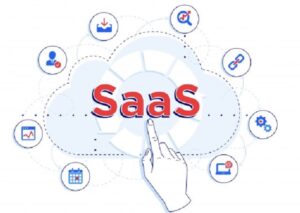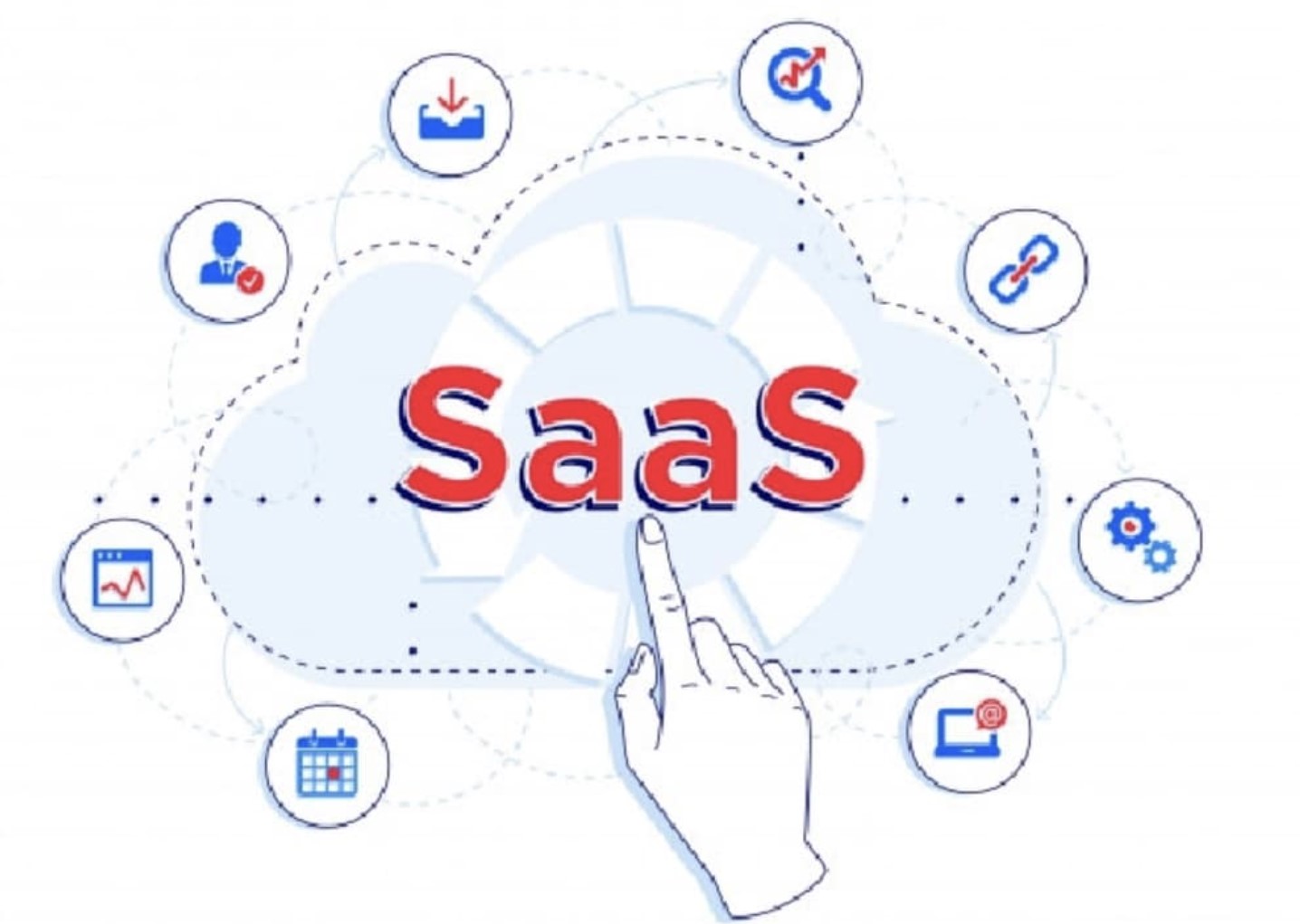In the realm of enterprise resource planning (ERP) solutions, Software as a Service (SaaS) has emerged as a transformative model. SaaS ERP combines the power of traditional ERP software with the accessibility and flexibility of cloud-based services. This article delves into the intricacies of SaaS ERP, highlighting its benefits, features, implementation process, real-world examples, challenges, and future prospects.

Understanding SaaS and ERP
Before diving into the specifics of SaaS ERP, it’s essential to grasp the fundamentals of both SaaS and ERP individually. Software as a Service (SaaS) refers to a cloud-based delivery model where software is hosted centrally and accessed remotely via the internet. On the other hand, Enterprise Resource Planning (ERP) software streamlines business processes by integrating various functions such as finance, HR, inventory management, and customer relationship management into a single system.
Advantages of SaaS ERP
One of the primary advantages of SaaS ERP is its cost-effectiveness. Unlike traditional ERP systems that require significant upfront investment in hardware and infrastructure, SaaS ERP operates on a subscription-based model, offering predictable monthly or annual costs. Additionally, SaaS ERP offers scalability, allowing businesses to adjust their resource allocation according to changing needs without major capital expenditures. Accessibility and flexibility are other notable benefits of SaaS ERP. Since the software is hosted in the cloud, users can access it from anywhere with an internet connection, fostering remote work capabilities and collaboration. Moreover, SaaS ERP providers often offer regular updates and patches, ensuring that businesses always have access to the latest features and security enhancements.
- Cost-effectiveness: SaaS ERP typically operates on a subscription-based model, eliminating the need for significant upfront investment in hardware, software licenses, and infrastructure. Instead, businesses pay a predictable monthly or annual fee, making it more affordable and accessible, especially for small and medium-sized enterprises (SMEs).
- Scalability: SaaS ERP offers scalability, allowing businesses to easily scale their resources up or down based on changing needs and requirements. Whether it’s adding new users, expanding into new markets, or integrating additional functionalities, SaaS ERP systems can accommodate growth without the hassle of extensive hardware upgrades or system migrations.
- Accessibility and flexibility: Since SaaS ERP is hosted in the cloud, users can access the system from anywhere with an internet connection. This accessibility fosters remote work capabilities, enabling employees to collaborate and access critical business data from any location or device. Additionally, cloud-based ERP solutions often come with mobile applications, further enhancing flexibility and productivity.
Key features of SaaS ERP
SaaS ERP solutions come with a plethora of features designed to streamline business operations and drive growth. Integration capabilities enable seamless connectivity between different modules and third-party applications, facilitating data exchange and automation. Furthermore, SaaS ERP systems often offer customization options, allowing businesses to tailor the software to their specific needs and workflows. Robust security measures, including data encryption, role-based access controls, and regular audits, ensure the protection of sensitive information.
- Integration capabilities: SaaS ERP systems offer robust integration capabilities, allowing seamless connectivity between different modules and third-party applications. This enables businesses to streamline data exchange and automate processes across various departments, such as finance, sales, inventory management, and human resources.
- Customization options: While SaaS ERP solutions are typically standardized to some extent, they often provide customization options to tailor the software to the specific needs and workflows of the organization. This includes configuring workflows, creating custom fields, and defining user permissions, ensuring that the system aligns with the unique requirements of the business.
- Scalability: SaaS ERP solutions are inherently scalable, enabling businesses to easily scale their resources up or down based on changing needs and growth trajectories. Whether it’s adding new users, expanding into new markets, or integrating additional functionalities, SaaS ERP systems can accommodate growth without the need for extensive hardware upgrades or system migrations.
Implementation process of SaaS ERP
The implementation of SaaS ERP involves several key steps to ensure a smooth transition and optimal performance. It begins with an assessment of the organization’s current processes, requirements, and goals, followed by thorough planning and stakeholder engagement. Data migration is a critical phase where existing data is transferred to the new system while ensuring data integrity and accuracy. Training and support are essential components to empower users and address any issues that may arise during the transition period.
Case studies of successful SaaS ERP implementation
Several organizations across various industries have successfully implemented SaaS ERP solutions, achieving tangible benefits such as improved efficiency, visibility, and decision-making. For example, a multinational manufacturing company streamlined its supply chain and reduced inventory costs by implementing a cloud-based ERP system. Similarly, a healthcare provider enhanced patient care and compliance with regulatory requirements through the adoption of SaaS ERP for electronic health records management.
Company A – Multinational Manufacturing Firm: Company A, a multinational manufacturing firm with operations spread across multiple continents, was facing challenges with its outdated legacy ERP system. The system lacked integration capabilities, resulting in siloed data and inefficiencies across departments. Additionally, the high maintenance costs and lack of scalability hindered the company’s ability to adapt to changing market dynamics. Seeking a modern solution, Company A decided to implement a SaaS ERP system. After thorough research and evaluation, they chose a cloud-based ERP solution known for its robust integration capabilities, scalability, and user-friendly interface. The implementation process began with comprehensive planning and stakeholder engagement to ensure alignment with the company’s goals and requirements. Data migration was carefully orchestrated to ensure minimal disruption to ongoing operations while maintaining data integrity.
Following the implementation, Company A experienced significant improvements in efficiency, visibility, and decision-making. The integrated nature of the SaaS ERP system enabled seamless collaboration across departments, streamlining processes such as inventory management, production planning, and order fulfillment. Moreover, the scalability of the SaaS ERP system allowed Company A to easily adapt to changing market demands and expand into new regions without the need for extensive IT infrastructure investments. The company also benefited from regular updates and enhancements provided by the SaaS provider, ensuring that they always had access to the latest features and security patches.
Common challenges and solutions
While SaaS ERP offers numerous benefits, it also presents challenges that organizations must overcome. Data security concerns, such as data breaches and compliance issues, require robust security measures and regular audits to mitigate risks. Integration complexities may arise when integrating SaaS ERP with existing systems or third-party applications, necessitating thorough planning and testing. User adoption issues, including resistance to change and inadequate training, can hinder the success of ERP implementation and require proactive communication and support.
Future trends in SaaS ERP
Looking ahead, the future of SaaS ERP is ripe with innovation and opportunities for growth. Emerging technologies such as artificial intelligence (AI) and machine learning are increasingly being integrated into SaaS ERP systems to enhance predictive analytics, automate repetitive tasks, and drive intelligent decision-making. Furthermore, the Internet of Things (IoT) connectivity enables real-time data collection and analysis, enabling proactive maintenance, and optimization of processes.
Conclusion
In conclusion, SaaS ERP represents a paradigm shift in enterprise software, offering businesses a cost-effective, scalable, and flexible solution to streamline operations and drive growth. By leveraging the advantages of cloud computing, integration capabilities, and advanced features, organizations can achieve greater efficiency, agility, and competitiveness in today’s dynamic marketplace.


